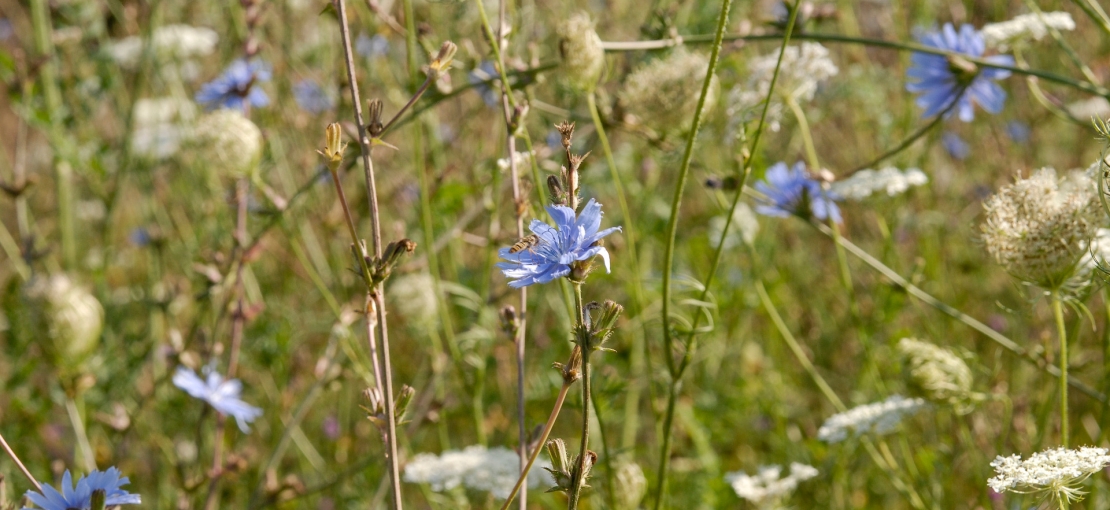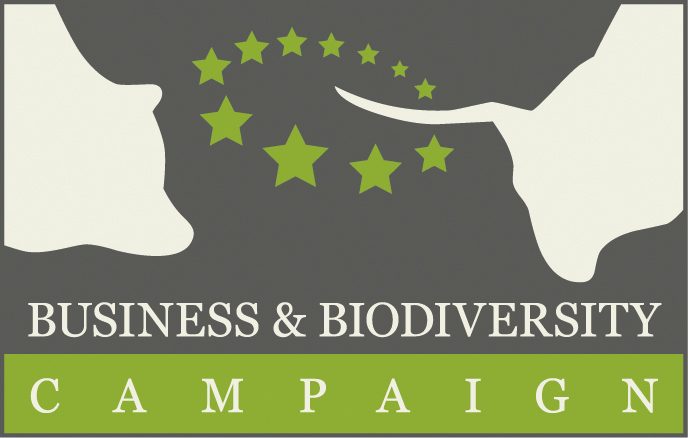
100 animal and plant species become extinct every day
What is biodiversity anyway?
What is biodiversity all about and why is it important?
Biodiversity refers to:
- Species diversity: diversity within different plant and animal species
- Habitat diversity: diversity of all habitats
- Genetic diversity: diversity within individual species that serves as a way for populations to adapt to changing environments making them more likely to survive
The World Economic Forum's latest Global Risk Report identifies the failure of climate action, extreme weather events and biodiversity loss as the three biggest global risks over the next decade. The dramatic loss of biodiversity is just as big a threat to humanity as climate change. Why?
The world is dying out, and no one seems to care
In its Living Planet Report, the WWF has measured a 58 percent decline in animal populations over the past forty years. 14,000 animal populations studied have more than halved.
Whether fertile soils, clean water or fresh air, human survival depends on an intact nature. Planet Earth is still providing these "services" for us at the moment – not to mention the special "services" of a high diversity of species:
- Medicinal substances from plants, many of which are yet unexplored and have the potential to combat previously incurable diseases
- Food such as cereals, potatoes or fruit depend on a high variety of pollinating insects
- Renewable raw materials such as wood and oil plants or fibers such as cotton have invaluable economic value
- The potential for innovations based on nature’s perfect technologies is gigantic – keyword bionics
Corona has shown that human health is dependent on healthy ecosystems. Destruction of natural habitats, for example by converting forests to cropland and pasture, brings wild populations into closer contact with livestock and humans. This increases the risk of disease transmission. More than 60 percent of emerging infectious diseases are transmitted from animals to humans, most of them from wild animals.
The political will is there, but...
The United Nations Decade of Biological Diversity is now over, without any resounding successes having been achieved in the protection of biodiversity. At the 15th World Conference on Nature (COP 15) in mid-2022, a new framework agreement on global biodiversity conservation, the Post 2020 Global Biodiversity Framework (similar to the Paris Agreement on climate change), is to be concluded. The Federal Republic of Germany even has an official "National Strategy on Biological Diversity".
Have you ever heard of it? Probably not – biodiversity has an image problem.
Unfortunately, this hasn’t yet changed the economic view of species extinction. The TEEB study (The Economics of Ecosystems and Biodiversity) calculates the value of biodiversity in monetary terms.
The loss of biodiversity and the destruction of natural habitats means that we are losing vital goods and irreplaceable services. It would take a large amount of personnel, technical and financial resources to replace what an intact natural world offers us free of charge. The costs would be exorbitant – 50 billion euro per year in Europe alone.
The WWF names the true causes
Our cooperation partner, the WWF Germany, has identified the following primary causes for the loss of biological diversity:
- The loss, fragmentation and degradation of habitats, especially through conversion for agriculture;
- Overexploitation of animal and plant species and practices that threaten the survival of the species, particularly in hunting and fishing;
- Pollution of soils, inland waters, seas and coasts, in particular acidification of the seas
- The spread of invasive species and genes;
- The effects of climate change; and
- Subsidies and economic incentives that harm biodiversity.
And what are we going to do about it together?

VAUDE was one of the first companies to carry out a Biodiversity Check as part of the EU Business & Biodiversity Campaign. In a 2010 workshop, the entire executive committee and many of our managers came together under the guidance of the Bodenseestiftung to identify the impact of our business activities on biodiversity. We also wanted to know how we, as a company, benefit from biodiversity and what steps we should take to protect it.
We then commissioned an external consultancy agency to create a Biodiversity Concept for our Tettnang-Obereisenbach site. More about it here.
Of course, the manufacturing and processing processes of VAUDE products also have an impact on biodiversity. The more resource-conserving we work, the less water, energy and materials, but also chemicals we use, the better it is for the planet.
Your purchasing behavior can make an impact. Looking for ideas? Take a look at the page www.nachhaltiger-warenkorb.de.
Biodiversity in our supply chain
We are aware of our responsibility in this regard and will devote more attention to this issue in the future. A key point is the global threat of deforestation, as forests are home to 80% of all animal and plant species outside the oceans. They provide habitats and protect biodiversity. But forests are also critical in stabilizing our climate by regulating ecosystems and removing carbon dioxide from the earth’s atmosphere.
For this reason, we assess where in the supply chain there is a risk of deforestation and what measures we can take to minimize the risk. However, due to our strict VAUDE Material Policy, the direct impact is relatively small. The greater challenge is to gain more transparency into the production of precursors such as chemicals and their potential impact on nature. Here, we are currently lacking information and are just beginning to tackle this difficult path. We will report on our progress in upcoming sustainability reports.
And did you know? Biodiversity can also be promoted in your own garden or on your balcony with minimal effort. The WWF has a few good tips for achieving this.
| GRI: | 304-1 |
| GRI: | 304-2 |
| GRI: | 304-3 |
| GRI: | 304-4 |




